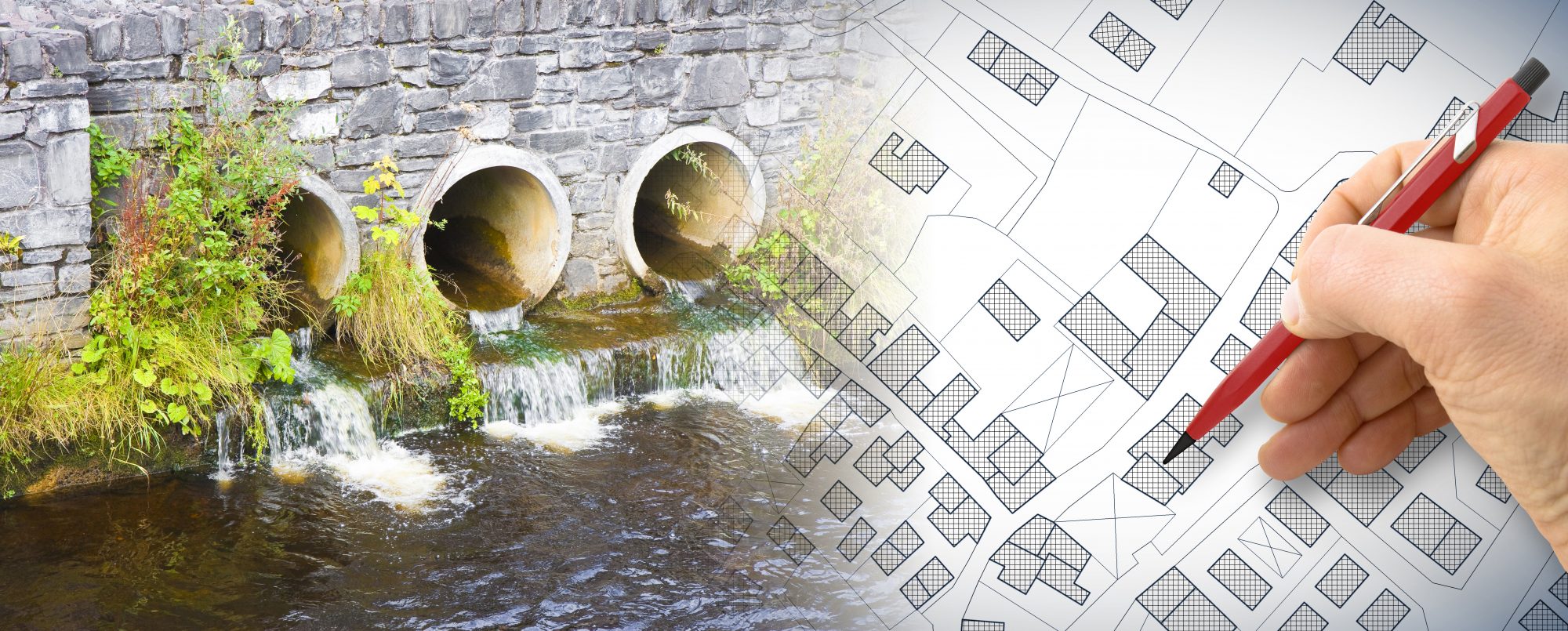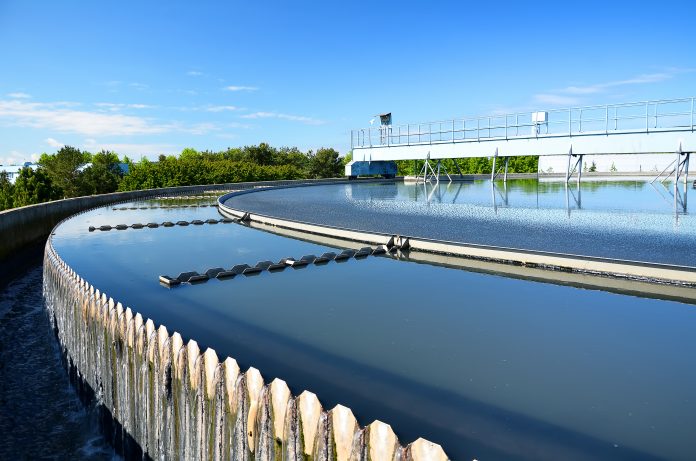A sustainable framework can help to design efficient cities – with systems that supply affordable and accessible wastewater treatment, cooling, heating, and electricity
The framework, incorporating the recycling of wastewater, can significantly reduce costs and pollution compared to traditional systems that operate in larger areas – which could lead to more walkable, liveable, and affordable cities.
According to UN estimates, urban areas currently account for over two-thirds of global energy consumption and carbon dioxide emissions. Water sources in cities are increasingly being placed under pressure by global warming and burgeoning populations, as well as increasing electricity bills, rent and more.
A new Stanford University analysis, published in Frontiers in Sustainable Cities, finds that this sustainable framework could help policymakers across the U.S. spend their dollars more wisely towards new federal infrastructure, making cities more advanced and circular in their designs.
Study lead author Pouya Rezazadeh Kalehbasti, said:
“Instead of building blindly, we can use this framework to look at the longer-term, forecast development effects and put numbers behind plans.”
Recycling wastewater into potable water
Adopting more advanced technologies, such as integrated power and water plants which can often be reasonably compact – about the size of two or three low-rise buildings – cities can become efficient and capable of recycling wastewater into potable water.
As well as running on renewable power sources like solar energy – which are environmentally beneficial to reduce carbon emissions – they emit no odour and each plant can serve between 100 and 1,000 buildings, depending on the buildings’ sizes and resident populations.
By optimising hourly demand and supply of power and water with integrated neighbourhood-based power and water plants, the sustainable framework coordinates the design of systems that supply power, water, and wastewater treatment.
Countering the traditionally large, centralised water plants with segregated functions, this local, integrated arrangement can make it possible to achieve a variety of things: like directing unused electricity or heat from a power system to running a wastewater system or using wastewater to cool a power generating system.
Over 4,000 integrated power and water systems already exist in the U.S., China, and other countries, particularly across Europe and Canada. Private corporations and universities have already seen significant energy efficiency gains after adopting some form of the approach – as seen in Stanford University.
The researchers modelled two scenarios over 20 years of simulated operation
The researchers conducted the first scenario through designing a building mix and energy system together along a conventional central wastewater treatment plant powered by the grid.
Then, the second scenario integrated advanced wastewater treatment systems – forward osmosis-reverse osmosis and forward osmosis-membrane distillation – into the building and energy design.
From this, the examination of the scenarios found that fully integrating power and water systems with building mixes resulted in a 75% reduction in social, environmental and economic damage from carbon emissions, and a 20% reduction in lifecycle equipment costs compared to traditional segregated systems.
The reductions were mostly due to the reuse of wasted heat and electricity in treating wastewater, and powering the wastewater treatment system with a low- to zero-emission local energy system, rather than the regional electric grid.
This sustainable framework can be used to inform urban planners and infrastructure designers of a range of optimal configurations for designing a neighbourhood, or even a city, through coordinated designs of integrated power and water plants with zoning rules.

These zoning rules, such as imposing limits on industrial buildings, could lead to more environmentally and economically sustainable urban neighbourhoods.
Study co-author Michael Lepech, a professor of civil and environmental engineering, said: “It is exciting to see that by integrating existing infrastructure with new urban technologies, and optimizing their performance in unison, we can discover new, substantial pathways toward global carbon reduction.”
The researchers hope that urban planners will expand a version of the framework to design a range of other systems, including garbage removal and traffic control.
As technologies advance, the framework could also incorporate new efficiencies, such as using power plant heat to dry wastewater biosolids, thereby reducing disposal needs and creating a source of renewable biofuels.











